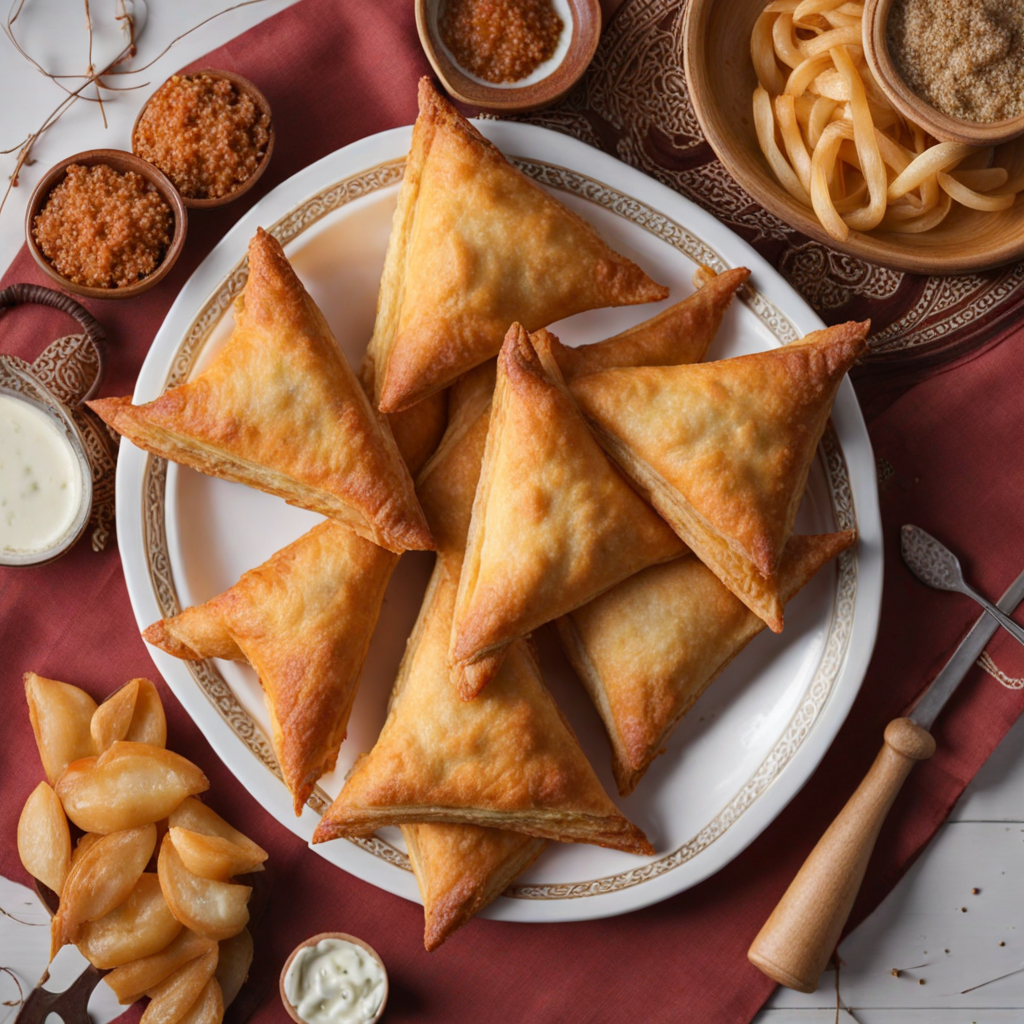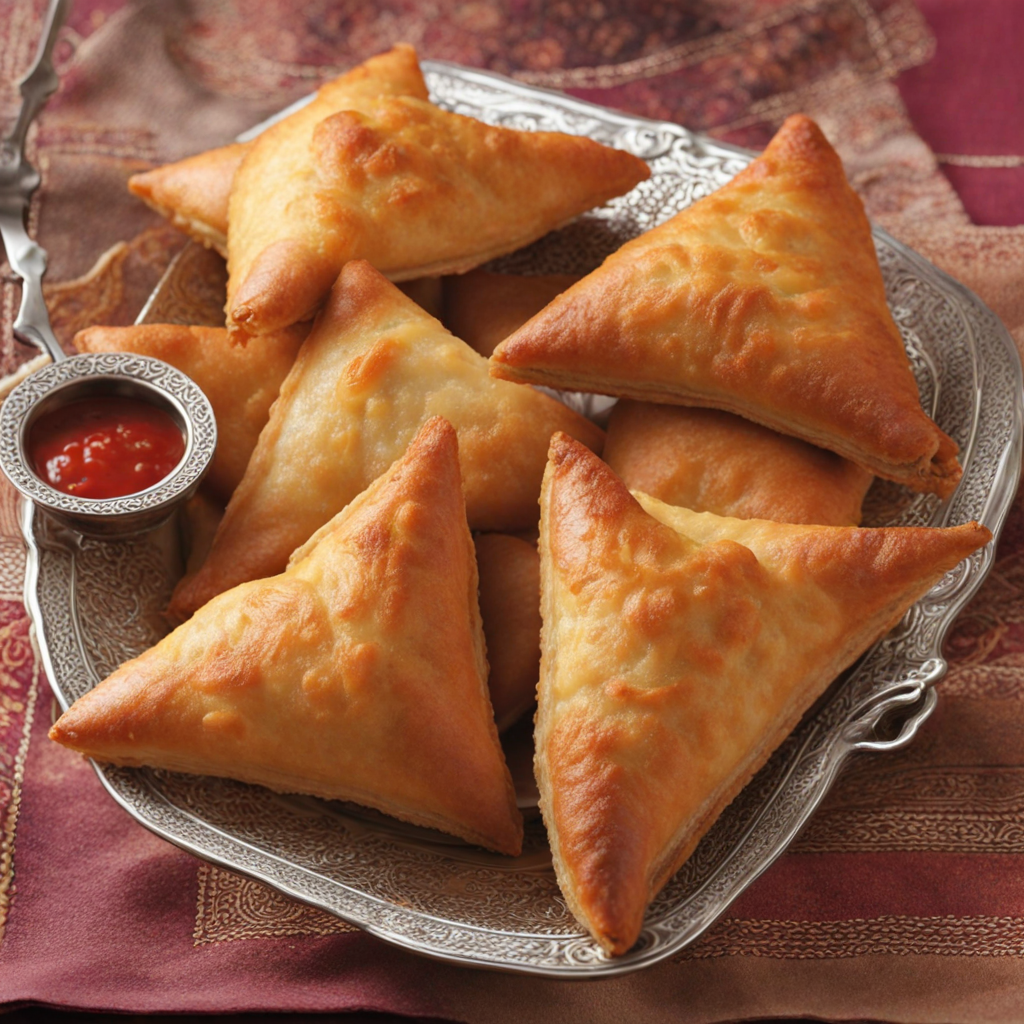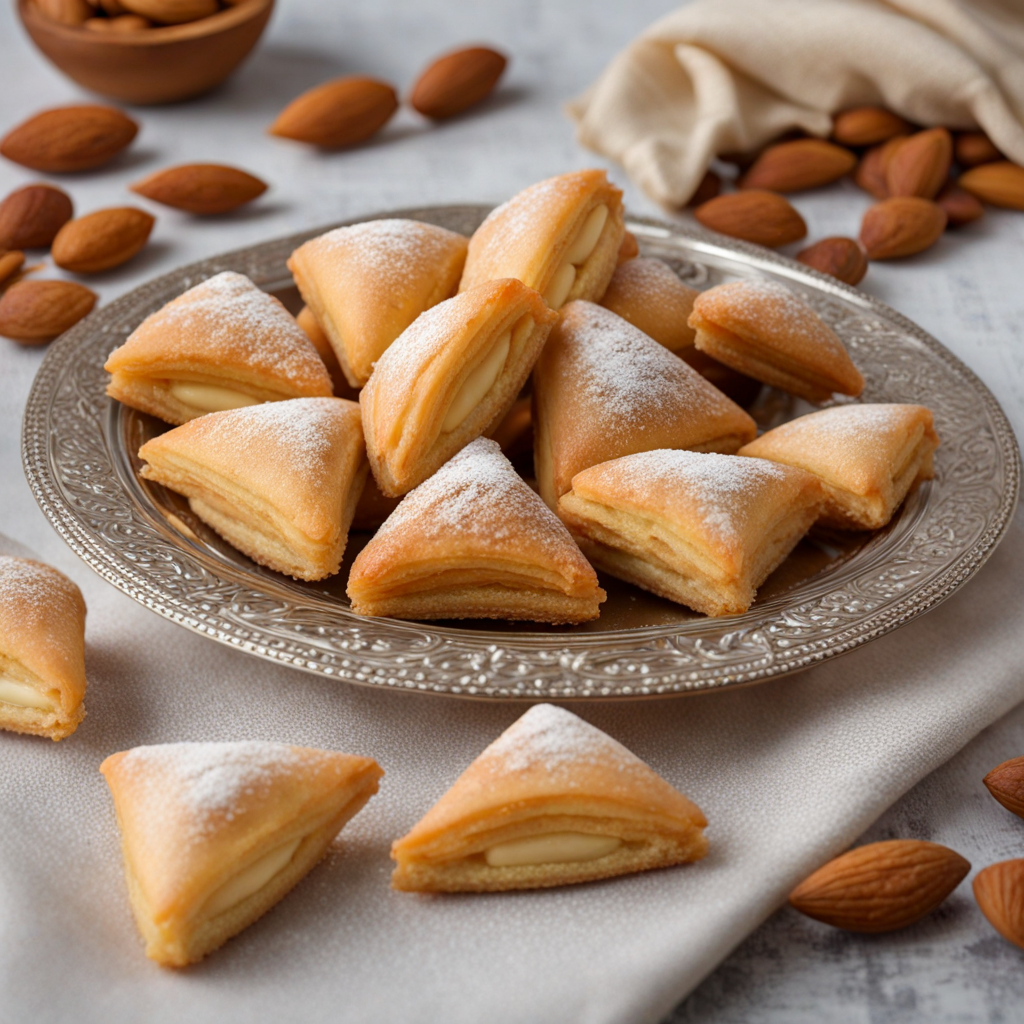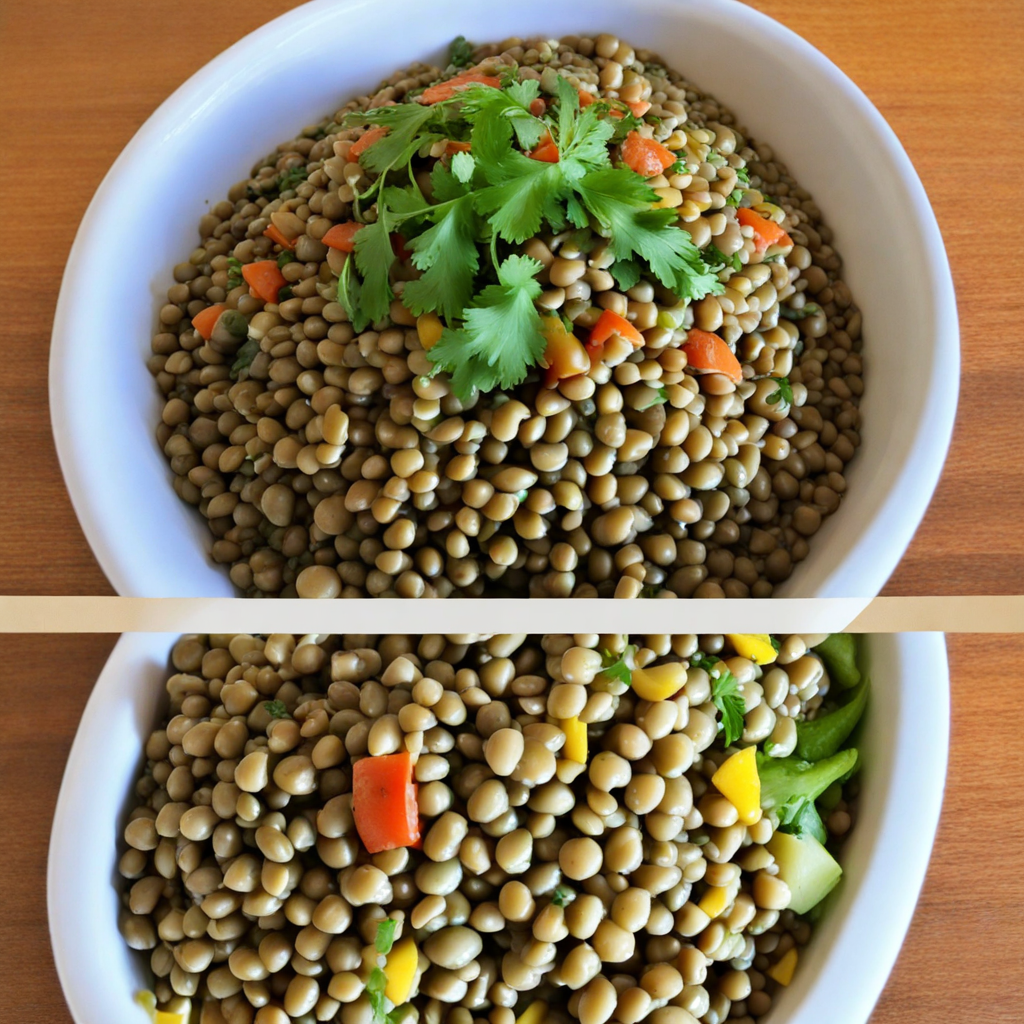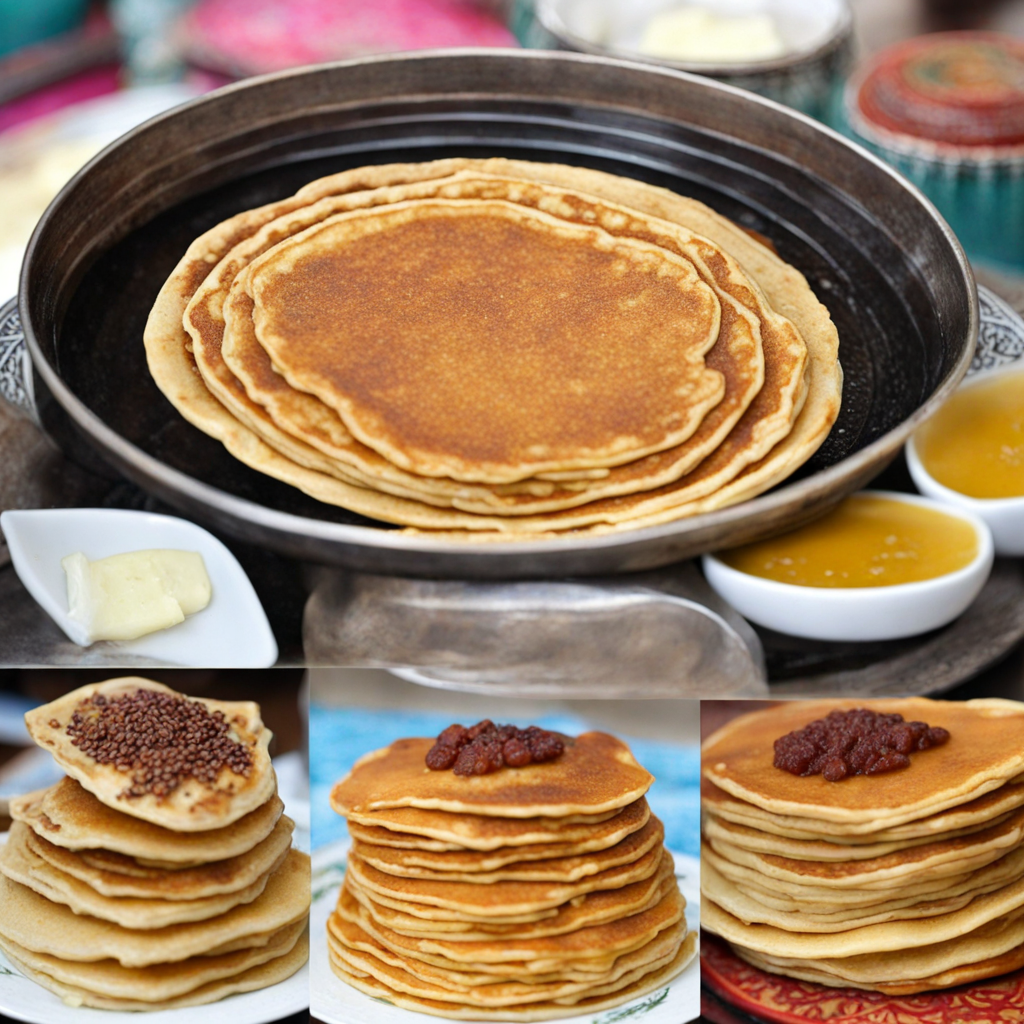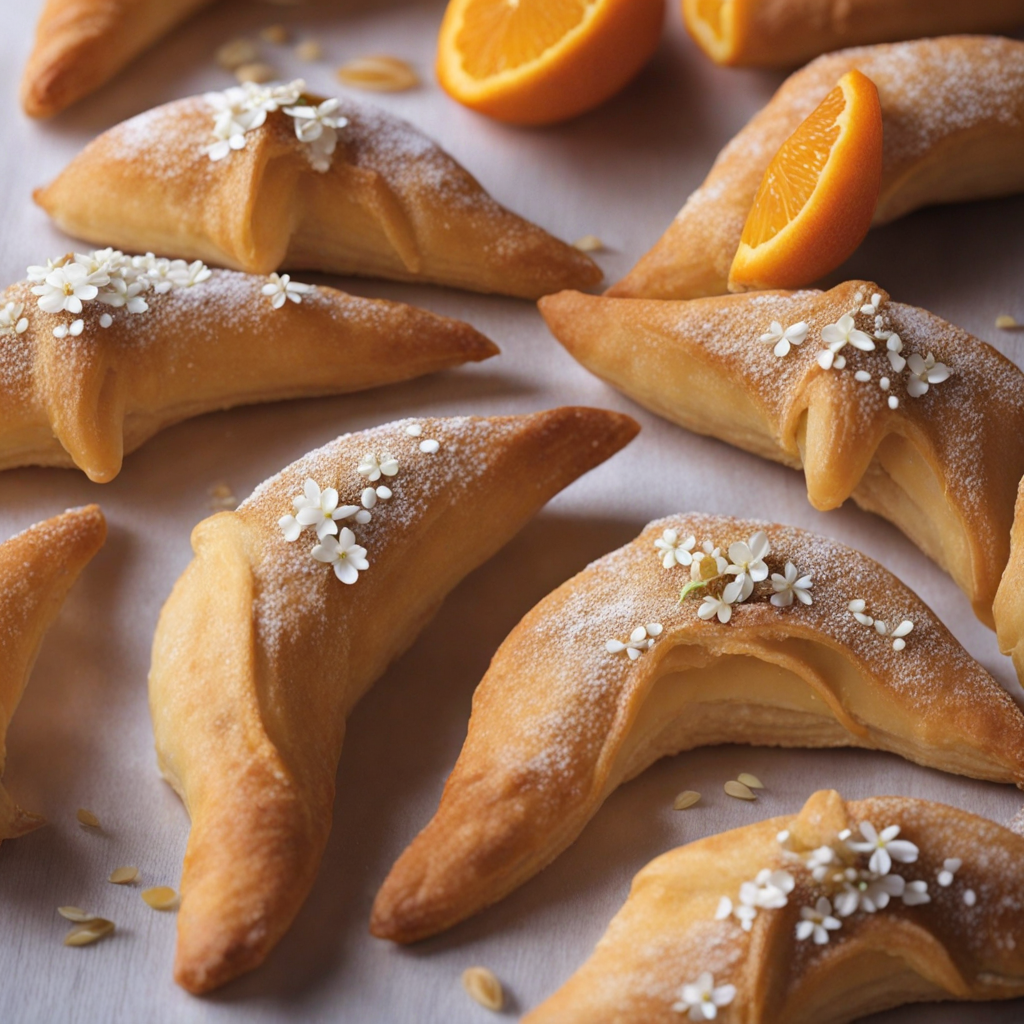Briouat
Briouat is a delightful Moroccan pastry that encapsulates the rich culinary traditions of the country. These small, triangular or cylindrical pastries are typically filled with a harmonious blend of sweet or savory ingredients, making them a versatile dish enjoyed at various occasions. The dough is usually made from warka, a thin pastry that is similar to phyllo, which contributes to a crispy texture that beautifully envelops the filling. The art of making briouat lies in the careful folding and shaping, resulting in a visually appealing treat that is as delightful to eat as it is to behold. The fillings for briouat can vary widely, showcasing the diverse flavors of Moroccan cuisine. For savory options, seasoned ground meat, such as lamb or chicken, is often combined with aromatic spices like cumin, cinnamon, and coriander, along with onions and herbs. On the sweeter side, a mixture of almond paste, sugar, and orange blossom water can be used, creating a fragrant and rich filling. These sweet briouats are often dusted with powdered sugar and can be served with honey for an extra touch of indulgence, making them a favorite during festive celebrations. What makes briouat truly special is their adaptability and the way they reflect the vibrant flavors of Moroccan culture. Whether enjoyed as a starter, a snack, or a dessert, each bite offers a burst of flavors that transport you to the bustling streets of Morocco. The combination of the crispy exterior and the flavorful filling creates a satisfying contrast, making briouat a must-try for anyone looking to explore the unique and enticing world of Moroccan gastronomy.
How It Became This Dish
The History of بريوات (Briwat) in Morocco: A Culinary Journey #### Origins Briwat, a popular Moroccan pastry, is a delightful representation of the rich culinary heritage of Morocco. This deep-fried or baked treat, typically filled with a variety of ingredients such as almonds, honey, and spices, has its roots deeply embedded in the region's history, reflecting the confluence of various cultures and traditions. The origins of briwat can be traced back to the Arabic influence on North African cuisine during the medieval period. The arrival of the Arabs in the 7th century brought with it new agricultural products, culinary techniques, and the concept of pastries. The use of almonds, which were introduced through the Iberian Peninsula and cultivated in Morocco, became a hallmark of Moroccan sweets. Briwat is believed to have evolved from the Arabic word "بروت" (barut), which refers to a type of pastry. Over time, it became a staple during festive occasions, particularly during the month of Ramadan when families would gather to break their fast with sweet treats. The use of phyllo dough (or warqa in Moroccan dialect), which is essential for creating the delicate layers of briwat, showcases the influence of the Ottoman Empire, which contributed significantly to the culinary practices of Morocco. #### Cultural Significance Briwat holds a significant place in Moroccan culture, symbolizing hospitality, celebration, and tradition. It is commonly served during weddings, religious holidays, and family gatherings, embodying the spirit of togetherness and festivity. The act of preparing briwat is often a communal effort, bringing family members together in the kitchen, reinforcing bonds and sharing culinary knowledge across generations. In Moroccan society, food is more than sustenance; it is a means of storytelling and preserving cultural identity. Briwat, with its intricate preparation and flavorful fillings, tells the story of Morocco's diverse heritage. The choice of fillings—ranging from sweet almond paste infused with orange blossom water to savory meat mixtures—reflects regional variations and personal preferences while maintaining the traditional essence of the dish. During Ramadan, briwat takes on a particularly special role. It is often served alongside other traditional sweets such as chebakia and ghriba, providing a sweet end to the iftar meal. The combination of flavors and textures in these treats exemplifies the Moroccan penchant for layering tastes, creating a sensory experience that is both satisfying and celebratory. #### Development Over Time As Moroccan cuisine has evolved, so too has briwat. Traditionally, briwat was labor-intensive, requiring skillful hands to create the delicate phyllo dough and expertly fill and shape the pastries. However, the modern era has seen adaptations in both preparation and presentation, making briwat more accessible to home cooks and commercial vendors alike. The traditional fillings of briwat have also diversified over time. While almond and honey remain the classic choices, contemporary variations now include pistachios, walnuts, and even chocolate, appealing to a global palate. The fusion of Moroccan flavors with international ingredients has allowed briwat to transcend its cultural boundaries, making it a beloved treat beyond Morocco. In urban areas, bakers have taken briwat to new heights, offering an array of flavors and styles. Street vendors and pastry shops showcase their unique interpretations, often incorporating local ingredients and innovative techniques. This evolution mirrors the dynamic nature of Moroccan cuisine, which is constantly influenced by globalization and changing tastes. Additionally, the presentation of briwat has become more sophisticated over time. While traditionally served as a simple pastry, modern interpretations often feature artistic plating and garnishes, elevating briwat to a gourmet status in fine dining establishments. The incorporation of briwat into modern culinary events, such as food festivals and international fairs, further highlights its adaptability and popularity. #### The Role of Briwat in Modern Moroccan Society In contemporary Moroccan society, briwat continues to play a vital role, not just as a traditional pastry but as a symbol of innovation in Moroccan gastronomy. Chefs and home cooks alike experiment with flavors, techniques, and presentations, creating a vibrant pastry culture that honors tradition while embracing creativity. The rise of social media has also contributed to the popularity of briwat, as food bloggers and influencers share their recipes and experiences, inspiring a new generation of cooks. Online platforms have become a space for exchanging ideas and showcasing the beauty of Moroccan sweets, further embedding briwat in the global food discourse. Moreover, the preservation of traditional recipes and cooking methods has become a point of pride for many Moroccans. Culinary schools and workshops often include briwat-making classes, ensuring that the techniques and stories behind this beloved pastry are passed down. This commitment to preserving culinary heritage underscores the importance of briwat not just as a food item but as a cultural artifact. #### Conclusion Briwat is more than just a sweet pastry; it is a culinary tapestry woven from the threads of history, culture, and innovation. Its origins reflect the rich tapestry of Moroccan history, while its enduring popularity highlights the significance of food in fostering community and celebrating traditions. As briwat continues to evolve, it remains a cherished emblem of Moroccan culture, representing the resilience and adaptability of its culinary heritage. Whether shared during family gatherings, weddings, or festive celebrations, briwat encapsulates the essence of Moroccan hospitality and the joy of sharing food with loved ones. In every bite, one can taste the layers of history, culture, and love that define this exquisite pastry, making it an enduring treasure in Moroccan cuisine.
You may like
Discover local flavors from Morocco


